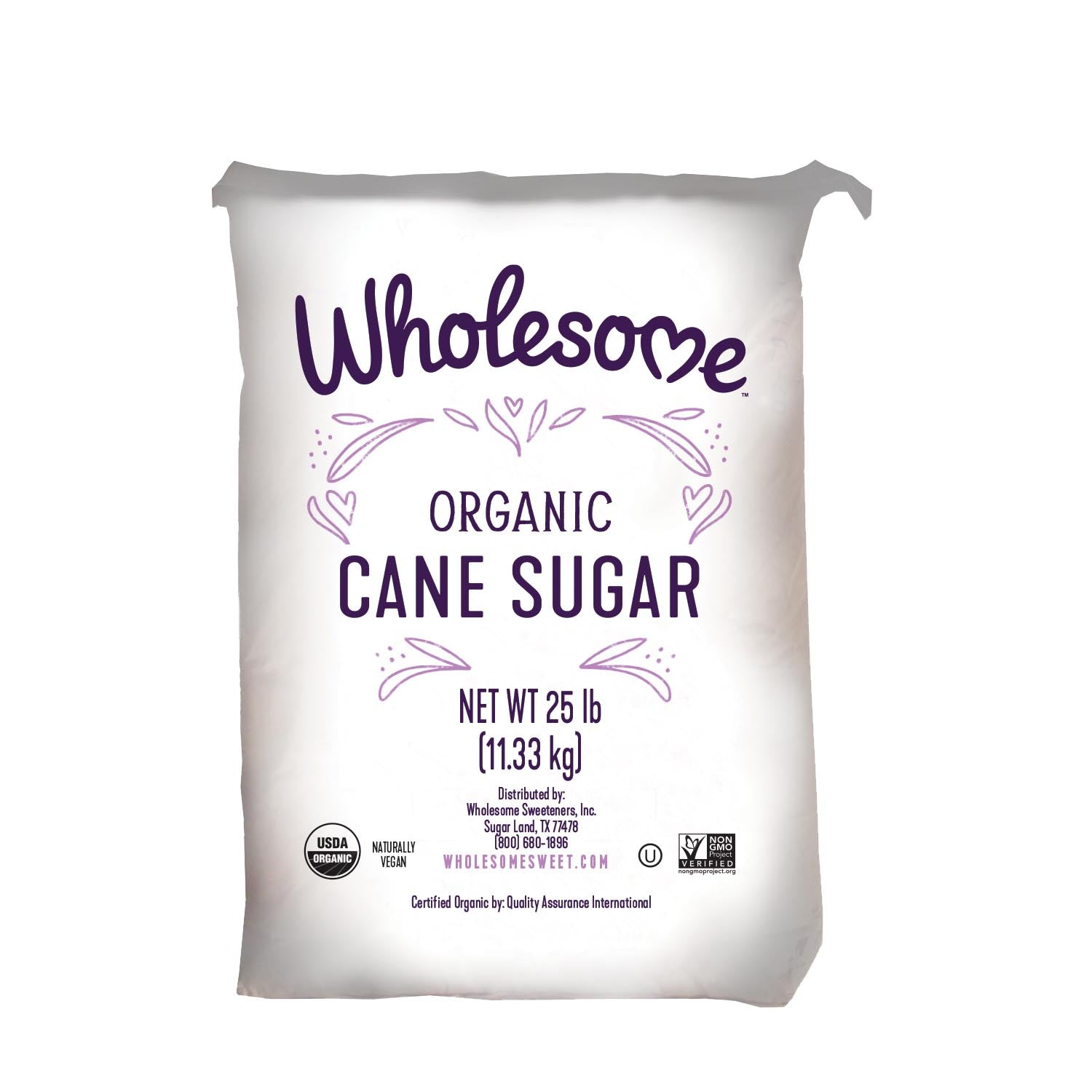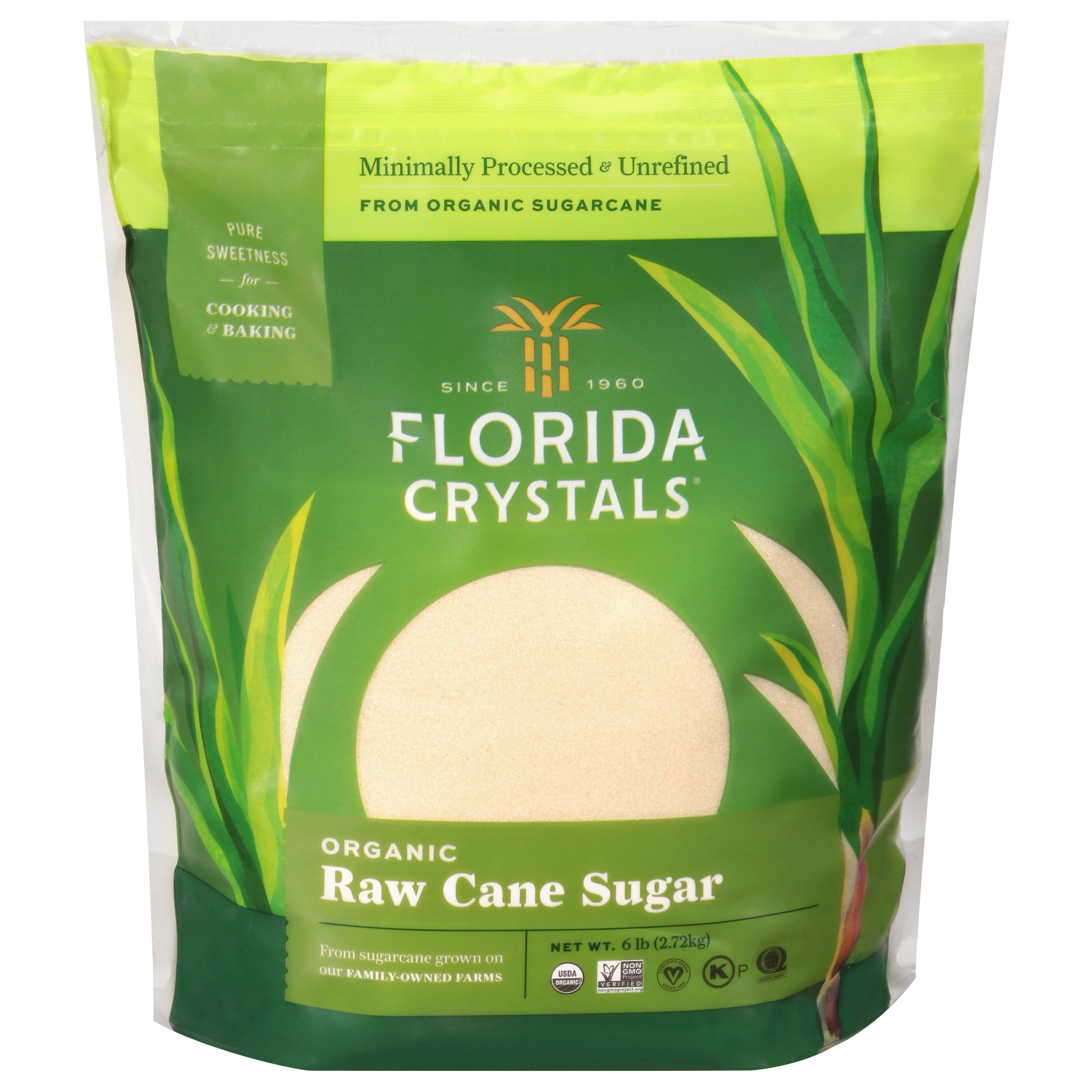Cane Sugar Processing: Secret Technologies for Superior Sugar Manufacturing
Cane Sugar Processing: Secret Technologies for Superior Sugar Manufacturing
Blog Article
A Comprehensive Overview to the Environmental Influence and Sustainability Practices in Walking Stick Sugar Handling
The ecological impact of walking stick sugar handling offers a complex variety of challenges that warrant cautious exam. From dirt deterioration and excessive water usage to the carbon impact associated with growing and manufacturing, the repercussions of typical methods are significant. What particular methods can be implemented to strike an equilibrium in between productivity and ecological stewardship?
Introduction of Walking Stick Sugar Handling
Walking cane sugar processing involves a series of organized steps that transform sugarcane into polished sugar. At first, gathered sugarcane is carried to processing facilities, where it undertakes cleaning up to eliminate dirt and debris. Following this, the walking stick is squashed to remove juice, which is then made clear by eliminating contaminations with home heating and the enhancement of lime.
The clarified juice goes through dissipation, where water is gotten rid of to focus the sugar material. These crystals are divided from the staying syrup using centrifugation, resulting in raw sugar.
The end product is after that dried out and packaged for distribution. Throughout this whole procedure, keeping efficiency and quality control is vital to make sure the sugar satisfies industry standards. Each action in cane sugar handling not just contributes to the final item but additionally has effects for source usage and waste generation, setting the phase for discussions on sustainability and environmental effects connected with sugar manufacturing.
Ecological Challenges of Production
The production of walking cane sugar presents a number of considerable ecological challenges that warrant interest. One key worry is the comprehensive use agrochemicals, including plant foods and chemicals, which can result in soil degradation, biodiversity loss, and contamination of local water resources. The drainage from sugarcane areas often carries these chemicals into nearby ecological communities, interfering with water life and influencing the health and wellness of areas reliant on these water bodies.
An additional difficulty is the high energy usage connected with sugarcane processing. The boiling and refining phases require significant warmth, mainly generated by burning nonrenewable fuel sources, adding to greenhouse gas discharges. In addition, the expansive land area needed for sugarcane cultivation can bring about deforestation and environment damage, additional intensifying climate change and harmful wild animals.
Moreover, the labor methods in some areas increase ethical concerns, as workers might deal with poor working problems and insufficient wages. This scenario usually continues a cycle of hardship in regional areas. Cane Sugar Processing. Resolving these ecological challenges is essential for developing much more sustainable practices in walking cane sugar manufacturing, ultimately benefiting both the environment and the neighborhoods included in this sector
Water and Land Use Impact
Water sources and land utilization are important parts in the walking cane sugar industry that dramatically affect the atmosphere. The growing of sugarcane needs substantial water input, with quotes suggesting that it can eat up to 2,000 litres of water per kilogram of sugar created. This intensive use water commonly brings about exhaustion of neighborhood water resources, influencing not just the sugarcane haciendas however likewise surrounding communities and communities that depend on the same water resources for farming and residential use.

In addition, land use for sugarcane growing can bring about deforestation and the conversion of all-natural environments right into monoculture plantations. This technique decreases biodiversity, interferes with local communities, and contributes to dirt deterioration. The expansion of sugarcane areas often elbows in on useful farming land, developing competition for resources in between food and biofuel production.
Sustainable practices, such as optimizing watering techniques and executing crop rotation, are vital to alleviate these impacts. By taking on extra reliable water usage and land administration methods, the cane sugar industry can reduce its environmental impact, ensuring a balance between agricultural efficiency and environmental preservation.
Greenhouse Gas Emissions
Greenhouse gas emissions stand for a significant environmental concern within the walking stick sugar processing market, particularly as look at this now agricultural techniques expand to satisfy global demand. The growing of sugarcane, a crop that grows in tropical environments, counts greatly on artificial fertilizers and pesticides, which contribute to laughing gas emissions. In addition, land-use adjustments, including deforestation for her latest blog brand-new sugarcane ranches, launch carbon dioxide kept in greenery and dirt.
During processing, energy intake is one more significant resource of greenhouse gas exhausts - Cane Sugar Processing. Several sugar mills make use of fossil gas to power equipment and produce heat, causing considerable carbon footprints. Additionally, the transportation of raw sugarcane and finished items adds layers of exhausts through fuel combustion in vehicles
The advancing result of these exhausts aggravates climate change, posing threats not just to the atmosphere yet also to the long-term stability of the sector. Stakeholders should identify the urgent demand for extensive approaches that resolve these discharges. This includes evaluating present farming techniques, refining approaches, and transportation systems to determine locations for renovation and mitigation. Resolving greenhouse gas exhausts is vital for promoting a more sustainable walking stick sugar sector in a transforming climate.

Sustainable Practices and Innovations
Sustainable methods and advancements are progressively crucial in the walking cane sugar processing industry as stakeholders look for to minimize ecological influences while preserving productivity. One considerable development is the execution of integrated crop administration, which optimizes source usage by incorporating dirt monitoring, pest control, and crop rotation techniques. This approach enhances yield while reducing chemical inputs and protecting dirt wellness.
Moreover, the fostering of eco-friendly energy resources, such as biomass from sugarcane residues, has obtained traction - Cane Sugar Processing. By transforming waste items right into energy, refining facilities can minimize their reliance on nonrenewable fuel sources, thereby decreasing greenhouse gas emissions
Water administration methods have also seen improvements via the recycling and reusing of water in processing plants, considerably reducing freshwater consumption. Advancements in modern technology, such as accuracy agriculture, allow farmers to check crop health and wellness and resource usage better, guaranteeing lasting cultivation practices.
In addition, accreditation programs like Fair Profession and Jungle Alliance urge ecologically responsible get redirected here farming techniques and promote social equity within the supply chain. By accepting these lasting techniques and technologies, the walking stick sugar handling industry can enhance its durability and add positively to environmental stewardship.
Conclusion
The environmental influence of walking cane sugar processing offers substantial challenges, consisting of dirt degradation, high water usage, and greenhouse gas exhausts, together with ethical issues associated with labor practices. Attending to these concerns with lasting practices, such as integrated crop monitoring, renewable resource adoption, and water recycling, is vital. By promoting eco liable and socially fair techniques in sugar production, the industry can mitigate its damaging impacts, guaranteeing a more lasting future for both areas and communities associated with this field.
Walking stick sugar processing entails a series of organized steps that change sugarcane into polished sugar. Each step in walking cane sugar processing not just contributes to the last item but additionally has ramifications for resource usage and waste generation, setting the phase for conversations on sustainability and ecological effects connected with sugar production.
Greenhouse gas discharges represent a considerable environmental worry within the walking cane sugar processing industry, specifically as farming practices broaden to fulfill global need.Lasting practices and advancements are progressively vital in the cane sugar handling industry as stakeholders look for to minimize ecological impacts while keeping performance.The environmental effect of walking stick sugar processing presents substantial difficulties, consisting of soil destruction, high water intake, and greenhouse gas exhausts, alongside ethical concerns related to labor methods.
Report this page